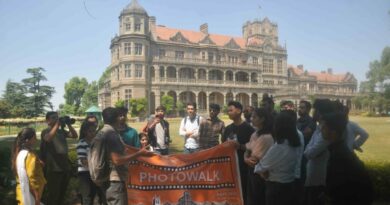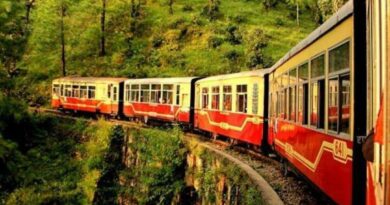Maghi festival celebrated in traditional manner in Keonthal area
Makar Sankranti was celebrated with great joy throughout the Keonthal region, with people worshipping their family deities and preparing traditional delicacies. Hundreds of locals attended the Magh ki Saaji festival at their family deity’s temple. In Shimla and Sirmaur districts, there is a special tradition of worshipping the family deity and goddess during the four Badi Saaji festivals of the year: Baisakhi, Hariyali, Diwali, and Magh ki Saaji. It is believed that worshipping the presiding deity during these festivals brings prosperity and happiness to the region.
Dayaram Verma, a senior citizen from Peeran village, mentioned that Makar Sankranti is celebrated traditionally not only in Keonthal but also in the neighboring district of Sirmaur. The festival lasts for two days. On Lohri, people have a special tradition of making Siddu or Askaliya at home, which is eaten with ghee. On Sankranti, people cook Khichdi along with traditional dishes like Kheer and Patande. Dayaram Verma noted that there was some confusion about the date of Makar Sankranti this year, with some areas celebrating it on January 14 and others on January 15.
In the Keonthal area, there is no tradition of lighting bonfires or worshipping fire on Lohri. The festival is celebrated with great simplicity. However, in the Giripar area on the border, the tradition of sacrificing a goat during the Madhi festival still persists. Senior citizen Daulatram Mehta explained that from the Maghi festival onwards, days start getting longer and nights shorter. He mentioned that on Makar Sankranti, there is a special ritual of worshipping the family deity. People enthusiastically prepare dishes like Siddu, Askliyan, Kheer, and Patande at home. He also highlighted that four major festivals hold special significance for the worship of gods in the mountains: Baishakh (Bishu ki Saaji), Hariyali in the month of Shravan, Deepawali, and Makar Sankranti (Magh ki Saaji). Despite changes in the rural environment, people continue to celebrate traditional festivals, which helps preserve the region’s culture.



